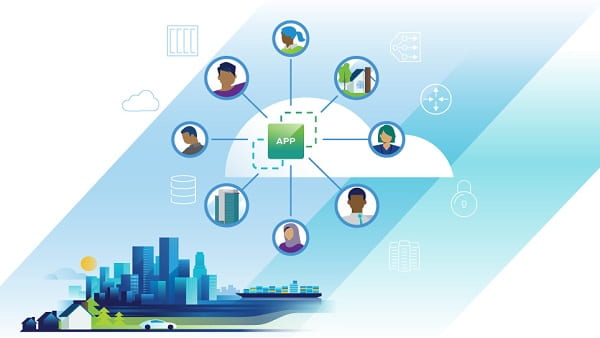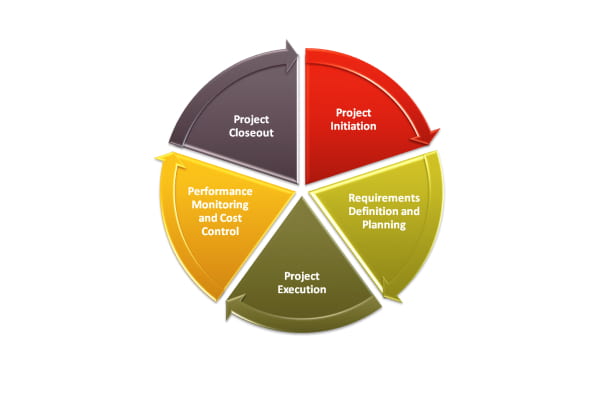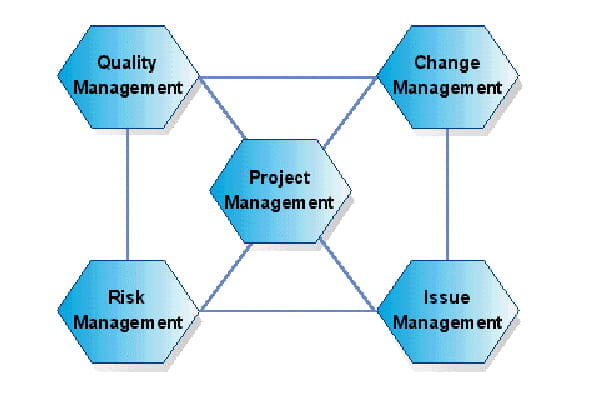
Computer networks are a group of computers that are connected to share information. Here are some computer network design guidelines for junior network administrator jobs. To set up a network requires some designing and planning. Here we will discuss some of the elements to consider when designing your network.
Computer Network Design
Cost and budget are important elements to consider at the beginning. Please take note of all the things you’ll need to buy as well as the things you already have and how much it’s likely to cost. Cost-effectiveness is not the only consideration in the places you can, and what you shouldn’t do, it is a task that requires a lot of research and direction.
Location:
You need to consider the physical location of your computers to determine the most suitable place for the router. The router is a piece of equipment that connects your computers to the internet. The network design should consider expansion shortly. What number of systems can be added to your network over the next six months or a year? Answering these questions will allow you to decide which type of router you’ll need.
Bandwidth:
Another aspect to be taken into consideration is your Internet Service supplier. You require a high bandwidth that can handle the load of traffic. Nothing is more frustrating than a slow-running network that restricts your work speed or disrupts your deadlines. Consider the number of users, and perhaps a few more, who could be connected to the network simultaneously and help you determine the right bandwidth requirements and the most minimal.
Security:
The following most important thing to consider is a strong security system designed to protect your networks. Installing a firewall is vital. Protection from viruses, threats and bugs is crucial. There is a wide range of options with antivirus programs.
Backup:
Making sure you have an effective backup plan established is crucial to protecting your data. The frequency you should backup your data is contingent on the amount and the frequency at which your data shifts.
The process of setting up your network isn’t difficult. It just requires some planning: how large is your network in terms of bandwidth, what are you looking for, the physical space that the network will cover, and an estimate of your budget. The initial work is a bit of study on the equipment and specifications you’ll need, cost and quality. The main issues to consider when designing your network include the size of the network, costs, and security and bandwidth. It is generally recommended to adhere to the design guidelines for computer networks that can provide the major elements you need.








